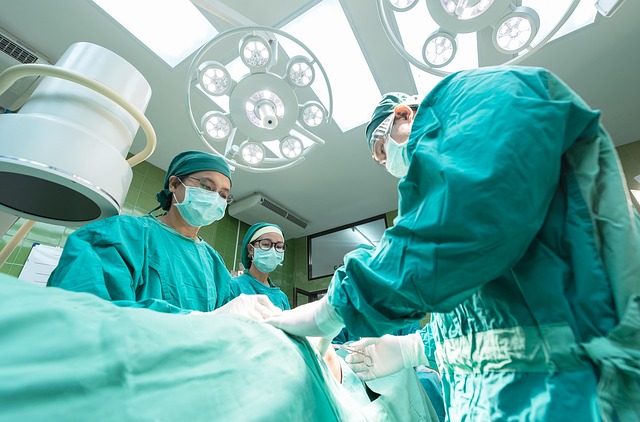Aneurysm Treatment: Procedures and Care Options
An aneurysm is a weakened section of a blood vessel wall that bulges and can pose a risk of rupture. Treatment choices depend on the aneurysm’s size, location, symptoms, and overall patient health. This article summarizes common treatment approaches, what to expect before and during care, and how follow-up is managed to reduce risks and support recovery. It aims to clarify clinical options and the roles of modern techniques and teams in treating aneurysms.

This article is for informational purposes only and should not be considered medical advice. Please consult a qualified healthcare professional for personalized guidance and treatment.
What is a surgical procedure for aneurysm?
Surgical procedures for aneurysms fall into two broad categories: open surgical clipping and endovascular treatments. Open surgical clipping involves a craniotomy to expose the aneurysm and place a metal clip across its neck to stop blood flow into the sac. Endovascular procedures are performed through blood vessels using catheters to place coils, flow diverters, or stents that promote clotting inside the aneurysm or redirect blood flow. Choice of surgical procedure depends on anatomy, rupture status, and patient factors; risks and benefits are weighed by clinicians.
How does medical technology assist diagnosis?
Medical technology plays a central role in diagnosing and planning aneurysm treatment. Noninvasive imaging such as CT angiography (CTA) and MR angiography (MRA) identify aneurysm size and location. Digital subtraction angiography (DSA) and 3D rotational angiography provide high-resolution vascular detail used for procedural planning. Advanced imaging helps assess nearby vessels, aneurysm wall features, and suitability for endovascular versus open approaches. In some centers, computational flow modeling and vessel-overlay software support individualized planning, but decisions rely on multidisciplinary clinical judgment.
What happens in the operating room?
The operating room environment is adapted to the chosen approach. For open clipping, the patient is positioned, a craniotomy is performed, and microscopic techniques are used to isolate the aneurysm and place a clip. For endovascular cases, the operating room or hybrid suite functions like an interventional lab with angiographic imaging. Procedures typically require general anesthesia and continuous physiologic monitoring. In both settings, perioperative care includes blood pressure management, neurophysiological monitoring when indicated, and immediate postoperative imaging to confirm occlusion or clip placement.
Who is on the medical team?
An effective medical team for aneurysm treatment is multidisciplinary. Team members commonly include a neurosurgeon or vascular neurosurgeon, an interventional neuroradiologist or endovascular specialist, anesthesiologists experienced with neuroanesthesia, scrub and circulating nurses trained in vascular and neurosurgical care, and ICU staff for postoperative monitoring. Rehabilitation therapists, neurologists, and radiologists also provide follow-up care. Team communication before, during, and after the procedure is essential to coordinate imaging review, intraoperative decisions, and postoperative management of complications or recovery needs.
What medical equipment is used during treatment?
Medical equipment varies by approach but often includes high-resolution imaging systems, surgical microscopes for open procedures, and specialized microinstruments. Endovascular cases rely on guidewires, microcatheters, detachable coils, stent grafts, and flow-diverter devices. Intraoperative angiography and portable CT/fluoroscopy can verify device placement. Neuro-monitoring equipment tracks brain function in real time when indicated. Sterile operating room instrumentation, hemostatic products, and postoperative ICU monitoring devices are also integral to successful care.
Complications, recovery, and follow-up
Potential complications include re-bleeding (for ruptured aneurysms), ischemic stroke from vessel compromise, infection, and device-related issues such as migration or incomplete occlusion. Recovery timelines differ: endovascular patients often have shorter initial hospital stays, while open surgery may require longer recovery and rehabilitation. Follow-up imaging at intervals is standard to verify durable aneurysm occlusion. Secondary prevention includes managing hypertension, smoking cessation, and other vascular risk factors under clinician guidance.
Conclusion
Aneurysm treatment encompasses a range of surgical procedures and device-based options supported by modern medical technology, a coordinated medical team, and specialized medical equipment in the operating room. Treatment decisions are individualized, balancing procedural risks, aneurysm characteristics, and patient health. Ongoing follow-up and risk-factor management are important components of long-term care.






